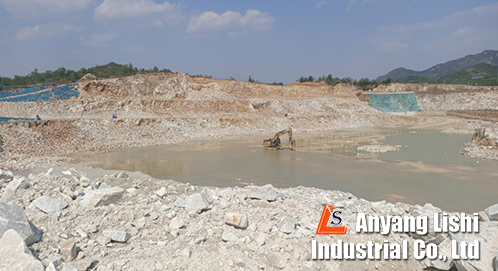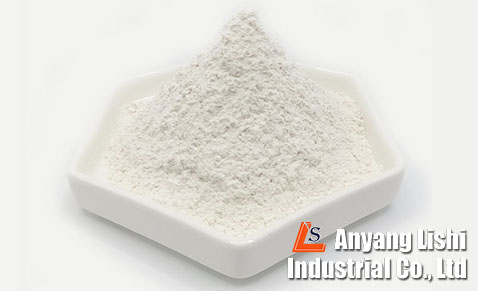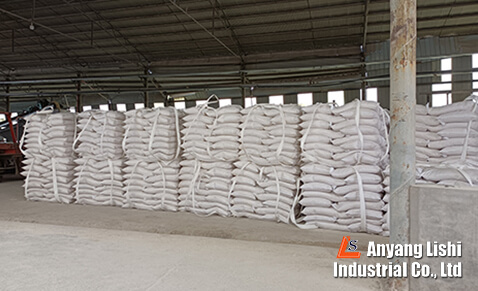
The primary components of soda feldspar, also known as albite, are essential to understanding its characteristics and applications. soda feldspar is a key mineral in the feldspar group and is composed of various elements that give it its unique properties. In this detailed exploration, we will discuss the main components of soda feldspar, their roles, and the significance of this mineral in various industries.

soda feldspar, scientifically known as albite, is a common member of the feldspar group of minerals, which are aluminum silicates containing sodium, potassium, and calcium. It is characterized by its white to colorless appearance and is one of the most abundant minerals on Earth. The primary components of soda feldspar are sodium (Na), aluminum (Al), silicon (Si), and oxygen (O), which are essential for its formation and properties.
The chemical formula of soda feldspar is typically represented as NaAlSi3O8, which reflects its primary constituents:
• Sodium (Na): Sodium is a key component of soda feldspar, as indicated in its name. Sodium ions (Na+) are an essential part of the mineral’s crystal structure. They occupy the A-site in the feldspar structure, contributing to its unique properties.
• Aluminum (Al): Aluminum is another essential component of soda feldspar. Aluminum ions (Al3+) are found in the tetrahedral coordination sites in the mineral’s crystal lattice. These aluminum ions are vital for the structure and stability of the feldspar.
• Silicon (Si): Silicon is a primary constituent of soda feldspar, contributing to its silicate nature. Silicon ions (Si4+) are also present in tetrahedral coordination, forming the silicate groups in the mineral structure.
• Oxygen (O): Oxygen ions (O2-) are present in soda feldspar, providing the necessary negative charge to balance the positive charge of sodium and aluminum ions. These oxygen ions play a crucial role in maintaining the overall charge neutrality of the mineral.

soda feldspar has a triclinic crystal structure, which means its crystal lattice is characterized by three unequal axes and angles that are not all right angles. The soda feldspar crystal structure is complex, and its primary building blocks are tetrahedra formed by silicon and oxygen atoms. These tetrahedra share oxygen atoms, creating interconnected networks. Aluminum ions replace some of the silicon ions in these tetrahedra, contributing to the overall charge balance of the mineral.

The main components of soda feldspar—sodium, aluminum, silicon, and oxygen—play crucial roles in determining its properties and applications:
• Sodium (Na): Sodium ions are responsible for the unique properties of soda feldspar. They contribute to its relatively low melting temperature, which is advantageous in various applications, including ceramics and glass manufacturing. soda feldspar acts as a fluxing agent in these processes, lowering the melting point of other materials and promoting the fusion of raw materials during firing.
• Aluminum (Al): Aluminum ions stabilize the crystal structure of soda feldspar. Their presence is essential for the mineral’s structural integrity. Aluminum ions in the crystal lattice also influence the mineral’s hardness and resistance to chemical weathering.
• Silicon (Si): Silicon, as part of the silicate groups in soda feldspar, contributes to the mineral’s overall silicate nature. These silicate groups play a significant role in the mineral’s behavior when subjected to high temperatures during firing processes in ceramics and glass production. They help form a stable melt and ensure desirable properties in the final products.
• Oxygen (O): Oxygen ions maintain charge neutrality within the crystal structure by balancing the positive charges of sodium and aluminum ions. This charge balance is essential for the mineral’s stability and overall integrity.

Whether you have questions or you would just like to say hello,Contact us!
Call Anytime:
+86 15837207537Send E-mail:
info@lsakminerals.comAddress:
Anyang City , Henan Province, China.